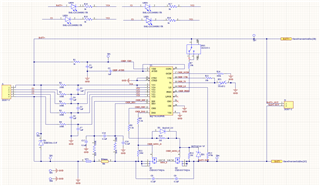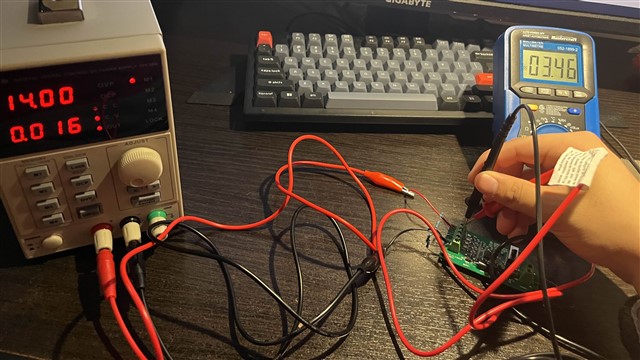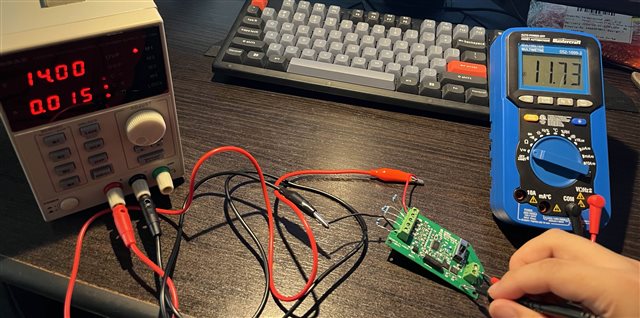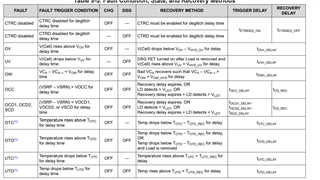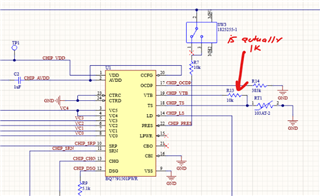Tool/software:
Hi all,
I am an engineering student and recently designed my first 4S BMS PCB using the BQ7791502 IC, based on the BQ77915 EVM design. When testing the PCB similarly to the EVM—by connecting a power supply to the battery terminals and using a 10K resistor as a load—I encountered an issue where the DSG FET continuously shuts off, despite the cell voltage sense inputs (VC1-5) showing around 4.0V, which is above the undervoltage threshold of 2.9V. Additionally, I noticed that the CHG FET does not turn off even when I turn up the supply voltage such that the cell voltages rise above the overvoltage threshold.
I'm not sure what's causing these problems and would appreciate any guidance or troubleshooting steps to help diagnose what might be wrong with my PCB. I've attached my schematic to this question and I am willing to attach my .PcbDoc file if it will help. (This is also my first thread on this site, so any pointers for future questions would also be appreciated!)
